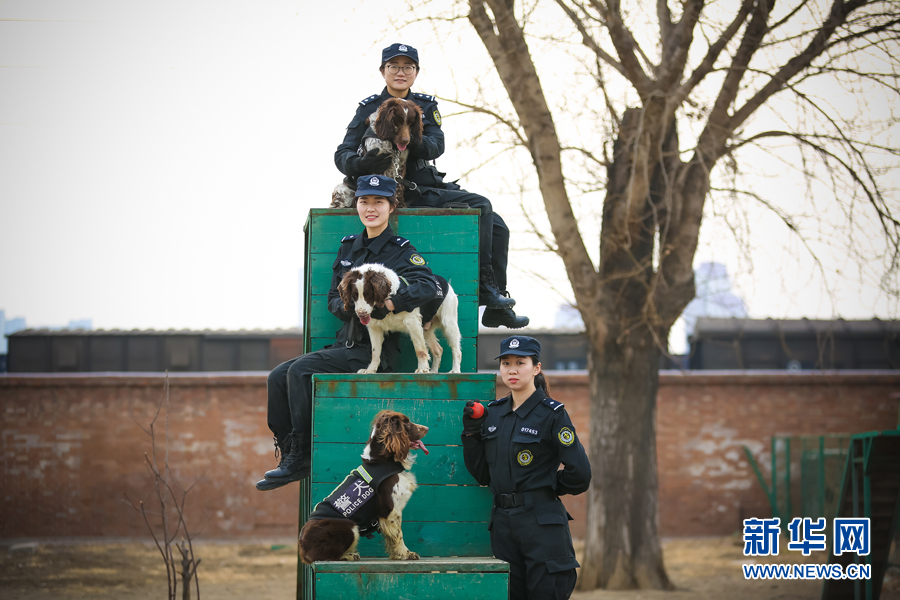【】
Survivors of abuse are used to hearing, “What evidence do you have to back that up?” or “Have you documented these incidents?” when they turn to a police officer or the legal system for safety.
Create a timeline of the violence. Screenshot the harassing emails in which they threaten to hurt or report you. Transcribe the threatening voicemails. Photograph the burning red marks on your wrists after they twisted your arms. Save all the Facebook posts publicly spewing lies about your character. Write down the names of everyone who saw the abuse and see if they’d be willing to go on the record. For survivors, the list goes on and on.
The act of documenting all of the above and more can be traumatic on its own, says Annie Seifullah, a survivor and lawyer at C.A. Goldberg, a New York law firm that “fights for people under attack and against the abusers – whether person, school or company – who think they can get away with it.”
But there’s an app called DocuSAFEthat can help collect the data and keep abuse-related incidents separate from the platforms (such as Google drive) survivors use for other parts of their lives. With technology-facilitated abuse, the harassment and terror comes from all directions: text messages, emails, and multiple social media accounts, making it cumbersome for a survivor to organize it all. While the app might not necessarily relieve the survivor from the burden of having to document the violent trauma they’re being subjected to (because everyone responds to trauma differently), it offers an additional option outside of keeping a few notebooks or storing the documentation in various places like your Notes app or cellphone camera roll. This lets survivors organize evidence of the abuse into one central space so they have the choice to access it when they’re ready, giving a survivor more agency in the process.
Still, the app might not be for every survivor, especially if their abuser controls their technology by monitoring their devices or iCloud or Google account, says Erica Olsen, the director of the National Network to End Domestic Violence’s Safety Net, the lead organization that created DocuSAFE.
For years, Olsen heard stories from survivors about the fear of having their abuser use technology to harass, stalk, sabotage, or control them virtually and in-person. Often, to cope and as a survival tactic, those who are subjected to these violent acts feel a sense of urgency to delete the sinister text messages and voicemails and/or block the person on social media, she says. Or sometimes, victims might forget some details of how or when the abuser terrorizes them. It might even be difficult to identify what they went through as abuse.
Researchsuggests that overwhelming trauma can fragment someone's resulting memories. That means it might be unreasonable to expect some victims to recount the abuse with accuracy and specificity.
“Victims are told it's their fault or ‘why didn't you leave?’ [by society]. Survivors are already dealing with all of that and then having to go back and comb through their text history or their camera roll or whatever to document it."
Because we live in a culture that tends to blame and discredit victims of abuse, survivors fear that they won’t be believed, which explains why there’s an added layer of stress when it comes time to document and report, says Seifullah.
“Victims are told it's their fault or ‘why didn't you leave?’ [by society]. Survivors are already dealing with all of that and then having to go back and comb through their text history or their camera roll or whatever to document it. This is new trauma, this is secondary trauma, this is retraumatizing you,” Seifullah explains, adding that telling a survivor to “just get off of social media or to not use the Internet” is the wrong message.
“Finding their own housing, moving themselves to a safe place, getting off of social media. Stopping all of their tech. All of these ways take away their freedom, economic opportunity, isolate people from their communities and support networks, and all of it is the burden and the cost we put on the victim's shoulders for having been a victim of abuse. It's like an added tax that the victims have to carry,” she says.
Over the past few years, to create more practical options for survivors, Olsen worked with her team members at Safety Net to develop DocuSAFE. The free app helps collect, store, and share evidence of abuse. Survivors using DocuSAFE can document an abuser’s behaviors by storing photos, screenshots, or videos of menacing messages, harassing social media posts, and unrelenting phone calls and, if they choose, can share that with court officials and law enforcement. The app can’t recover any lost evidence, but it can provide survivors with a place to start wherever they might be on their journey towards healing and justice, especially if the abusive behavior is still happening and they're worried about being doubted by law enforcement or court officials.
After downloading the DocuSAFE app on an uncompromised device (meaning one that’s not monitored by the abuser) a survivor sets up a security pin, like the kind you use to open a locked phone, to use every time they get on the app. There are specific folders for documenting social media, emails, captured videos, and messages. In each folder, a survivor can date and label an incident, provide additional narrative, and attach the documentation. If they want to share a link to the file with a trusted friend, attorney, or law enforcement, they can click “share,” then add the person’s name and email address. The app even goes an extra step and encrypts the data, which means a passcode is created for the survivor to provide the recipient in order to access the documentation. NNEDV’s Safety Net Project has zero access to the data and information a survivor logs in DocuSAFE.
With support from loved ones, victims are more likely to build resilience after being subjected to abuse, according to research. The app’s features make it easier and safer for victims to share abuser’s behaviors with a trusted friend, family member, mental health counselor, lawyer, or local advocate, lessening the feeling of isolation sometimes associated with surviving and documenting violence.
One of the most important things for Olsen and her NNEDV team was that survivors felt like they could use the app with or without engaging the legal system, especially if that’s not a safe avenue for them to take. That’s why, with DocuSAFE, users can collect, contextualize, and categorize each incident with the help of the glossary, resources that help identify the abusive behaviors, and a “Get Help” button so survivors can easily reach organizations like National Domestic Violence Hotlineto speak to an advocate. They can then take that information to a lawyer, police officer, or victim advocate to assess next steps if they decide they need to.
“Documentation helps identify the escalation and help survivors see the patterns and help them make decisions [about safety planning] based on that.”
In addition to providing a safe platform for survivors to share documentation with their support system, NNEDV’s Safety Net team felt that the app could help with identifying clues in an abuser’s behavior. A few years ago, a survivor who Olsen knows was being harassed online by someone who was finding ways to hide their identity by creating fake accounts and email addresses. The survivor had a feeling the person was her ex. By keeping track of the abusive messages she was receiving on multiple platforms, she saw a consistent pattern: The abuser was only ever sending them on certain days of the week during a specific timeframe. Then, when she went to law enforcement to pursue charges, they looked at the notes she had collected, and through that, discovered that the abuser (who was, in fact, her ex) was sending the menacing messages to her from his work. This opened up a door for investigation. In working with the perpetrator's employer, the investigators used the security cameras to see he was using an office computer during his breaks to harass the survivor.
Olsen says hearing about the survivor’s experience was part of what sparked the idea to create the app. “Documentation helps identify the escalation and help survivors see the patterns and help them make decisions [about safety planning] based on that.”
Seifullah says safety planning, which is the process of considering options and making decisions about next steps for a future crisis, involves taking stock of what technology the survivors use and what the abuser might have access to. She says after that, the next step is to document and collect evidence, which has to be determined through a case-by-case analysis of what is safe for a particular client.
Unlike most apps that measure positive results based on download numbers and usage stats, the creators behind DocuSAFE have a very different way of looking at success, especially in a world where options can be limited for survivors who are often being talked down to about the “right” or “wrong” way to report the violence they’re being subjected to. If a survivor sits down with an advocate and decides that it might not be safe for them to use the app because they’re still with an abuser, that’s a sign that the survivor is making an informed decision based on what’s best for them, Olsen says.
“Having multiple tools and safe spaces to document timelines of abuse is the most important next step for a person to come to terms with what they're going through,” says Seifullah.
As it looks towards the future, Olsen says that NNEDV is spreading the word about DocuSAFE and exploring the possibilities of creating a Spanish version. They are also looking into ways to get feedback without compromising users’ identities or well-being.
“We really want the app to work for people and we want to make it better and better,” she says. “Even if they just use it themselves, they can recognize escalation for their own safety planning. That's wonderful. We really want to give that opportunity to survivors.”
If you've experienced domestic or intimate partner violence, you can call the 24-hour National Domestic Violence hotline at 1-800-799-7233. Additional resources are available on itswebsite.
TopicsSocial Good
- 头条新闻
- Fiji wins first
- Google's SXSW tagline is super tone
- The world of Voice AI according to Gary Vaynerchuk
- Indonesia threatens to block Facebook after privacy woes
- Cat gets stuck in the most awkward position ever
- 'The Toy Shop' investigates Sky Dancers
- Google's SXSW tagline is super tone
- IKEA's menu of the future includes bug meatballs
- This app is giving streaming TV news a second try
- Sean Penn's book talks about #MeToo and we're mad online
- 图片新闻
- 新闻排行榜








